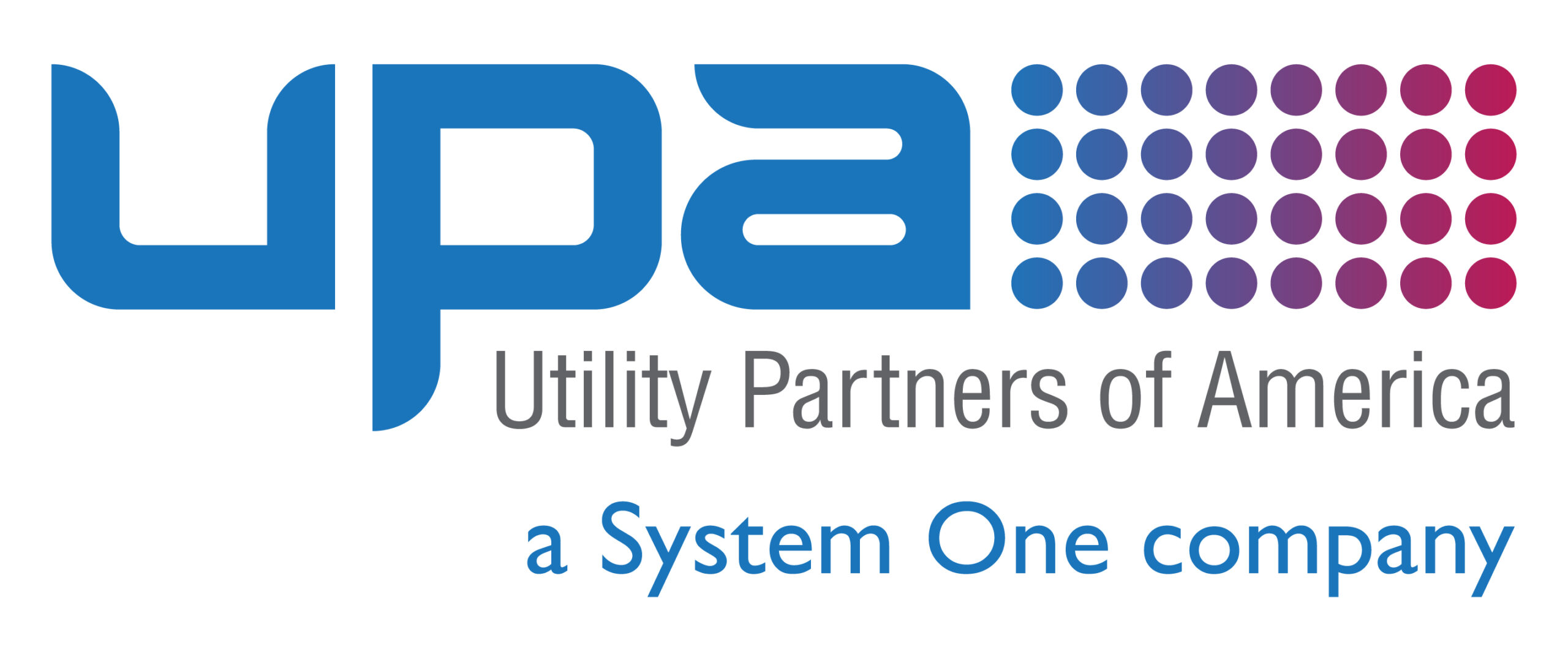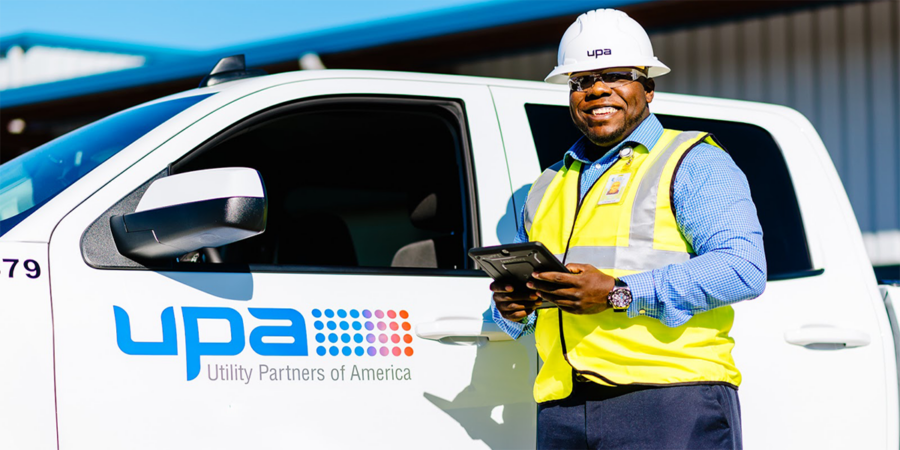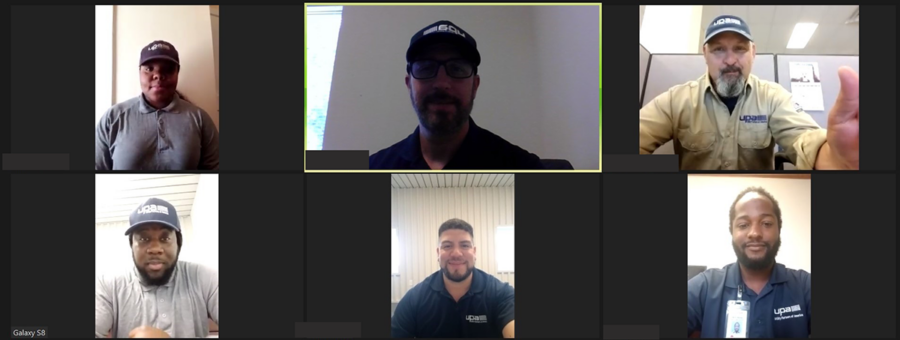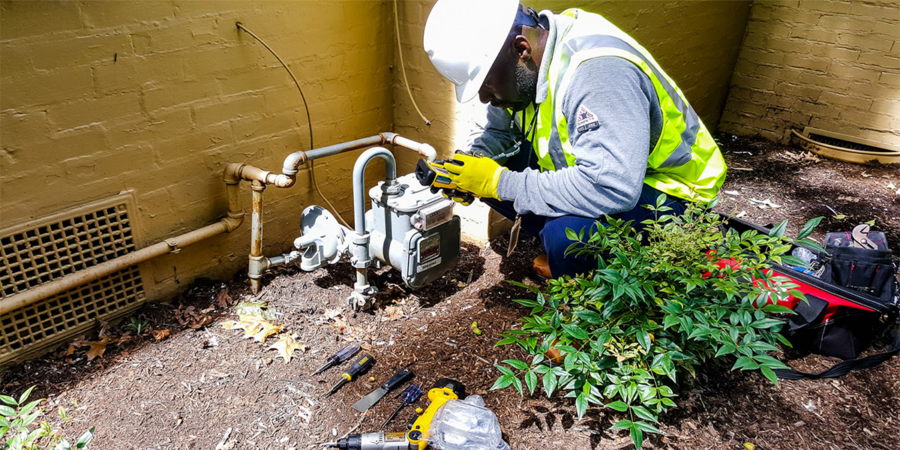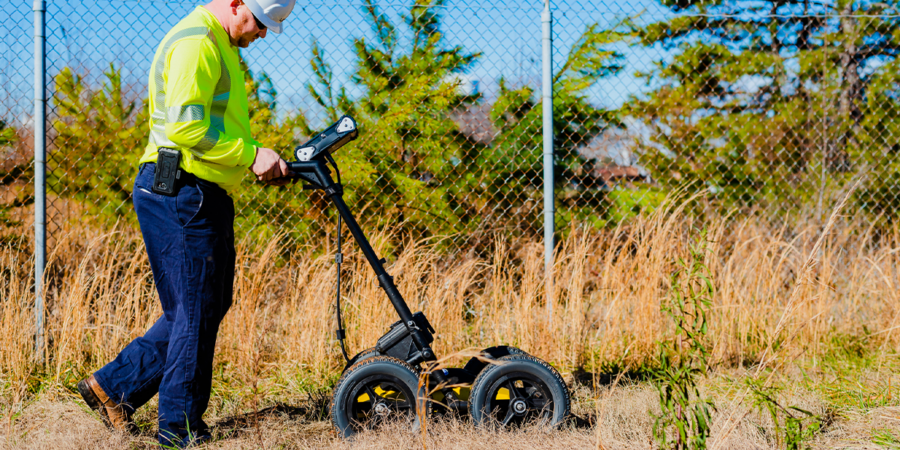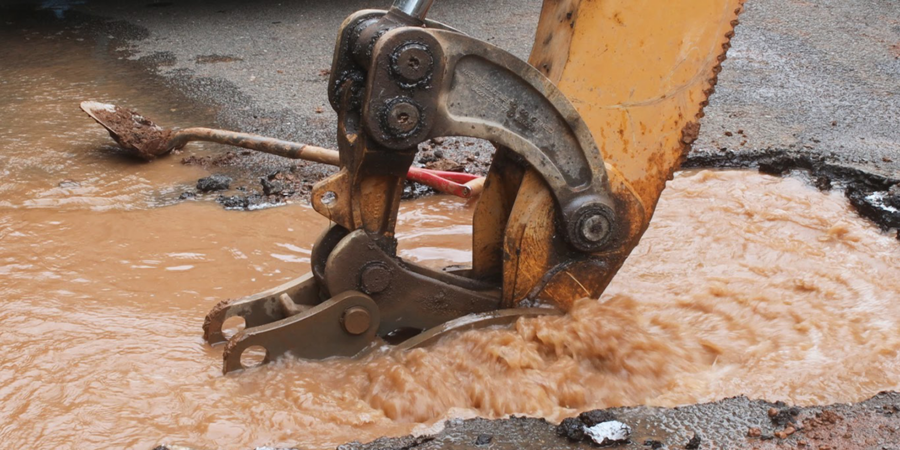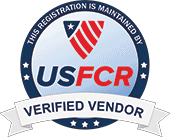EV Charging Stations: Developing Strong Infrastructure
When asked to name barriers that would stop them from proceeding with the purchase of an electric vehicle (EV), participants of McKinsey & Company’s 2016 EV survey had a clear top three: Purchase price, driving range and charging availability. Years later, as McKinsey pointed out in an updated piece, vehicle prices had declined and range increased. Access to charging stations became the new number one obstacle for consumers considering EVs.
There needs to be considerable investments and commitments into the infrastructure that supports EVs to make this technology more accessible. The most prominent area of focus is the charging station. But as with most things related to utilities—particularly those that involve power—creating a framework can be complex. Read on to learn more about developing a strong EV charging station infrastructure. (more…)
